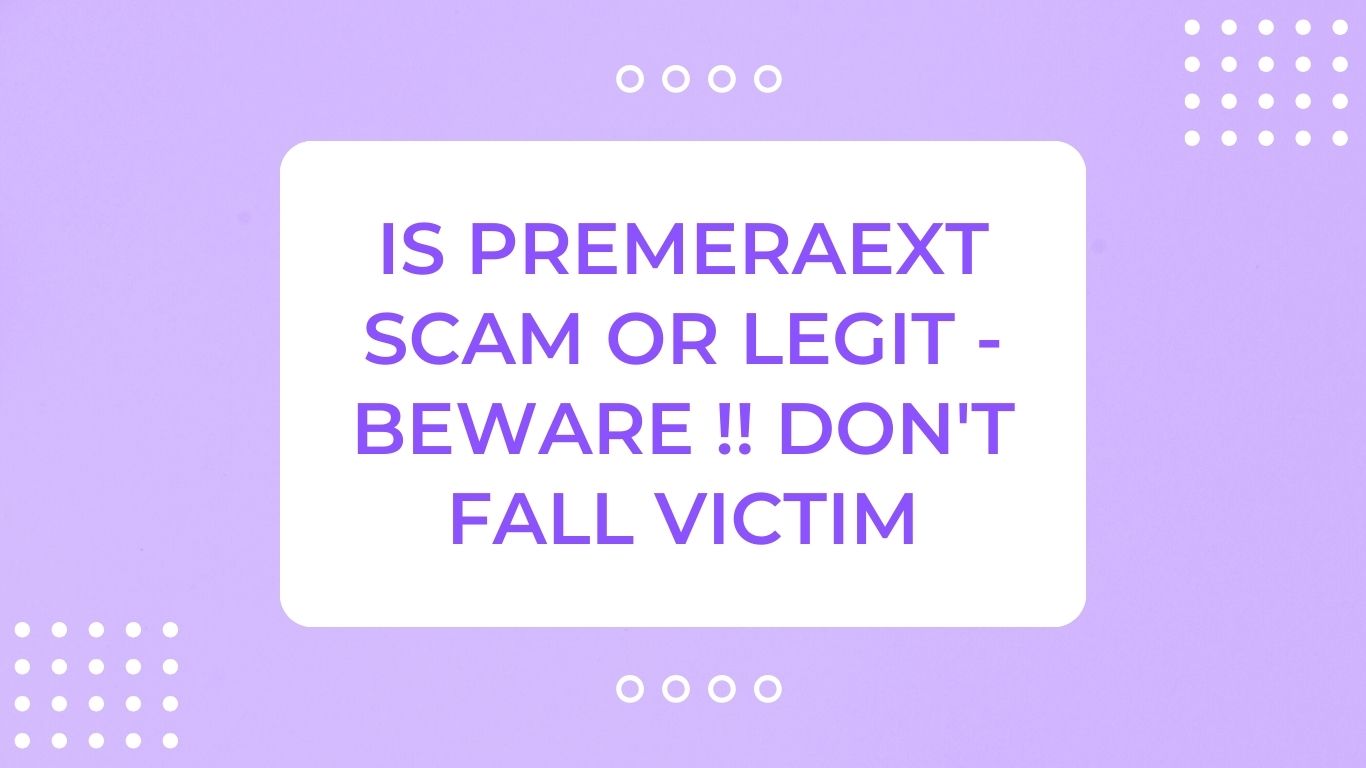I stared perplexedly at the email that had somehow sneaked past my spam filters from an unfamiliar sender “premeraext” claiming my email was changed for a service I don’t recall signing up for.
Could my account somewhere be compromised? Or was this yet another phishing scam trying to fool me into giving up valuable personal information?
Unfortunately, the latter scam scenario has become increasingly common with the sophisticated tricks fraudsters use to imitate legitimate companies. Phishing tactics leverage both technology like spoofed sender addresses and urgent threats along with psychological manipulation to coerce valuable data out of unsuspecting consumers.
And these social engineering hacks are on the rise – phishing attempts increased an alarming 10% in 2023 according to the Anti-Phishing Working Group. As online activity continues to accelerate in our digital lives, consumers must stay alert about protecting their data from predatory phishing schemes.
Understanding Phishing and How It Works
At its core, phishing involves hackers masquerading as a trusted, reputable institution through fraudulent email or messaging to deceive recipients.
By impersonating companies like banks, credit card companies, or even retail businesses, they try to lure users into inputting account credentials, sensitive information, or downloading malware.
These messages often contain several manipulative elements to appear legitimate or instill a sense of urgency. The from address can be spoofed to match an actual organization, using official logos and formatting.
Content preys on common concerns like account security alerts, unpaid invoices, changes in benefits, or temporary locks to prompt action.
Once a nervous customer clicks on an embedded link or attachment to “rectify” an issue, they could end up on fake login pages capturing their username and password. Or malware is installed allowing continuous access to compromize systems.
Verizon’s 2023 Data Breach Investigations Report shockingly found phishing at an all time high, accounting for 36% of breaches. And home networks saw a 13% increase in malware from 2022, indicating hackers set their sights on consumer targets.
Analyzing the Questionable Premeraext Email
The questionable premeraext email I received demonstrates several red flags:
- Sender address “premeraext” doesn’t match the actual healthcare company Premera. And search engines turn up no results about this sender or domain.
- I don’t recall ever signing up for Premera insurance, but message claims an email change I didn’t request
- Vague threat about no longer receiving messages prompts urgency to take action
- Login “help” link provided could capture account credentials if entered
The message passed SPF and other authentication checks that verify sender validity and secure transit. But verification only confirms the message came from the claimed address – not that the domain itself is legitimate.
In this case, the spoofer likely created their own premeraext domain to copy Premera’s style and capitalize on a recent Okta breach.
Hackers extracted Okta login credentials from an unrelated company to access their systems and launch broader phishing campaigns. So while the Okta sender connection lent credibility, the content still couldn’t be trusted.
How to Spot and Avoid Premeraext Phishing Scams
The most critical defense against phishing is cultivating an inherent sense of skepticism whenever unsolicited messages make urgent claims or seek sensitive information. Train yourself to Hover over sender addresses, login links, and attachment icons to verify legitimacy before clicking anything.
When in doubt, go directly to the company site and contact their official customer support to check if notifications are genuine. For truly urgent threats most institutions also push notifications through other channels like phone, text message, postal mail.
Additionally check that software protections like DKIM, and DMARC are enabled to block spoofed domains. Though keep in mind authentication verifies sender identity, not necessarily intention. Enable two-factor authentication wherever possible as well.
If a message does slip past filters, report it through email providers’ phishing alert options. The more data collected on new phishing methodologies, the better protected everyone’s accounts stay.
Stay Vigilant Against All Forms of Phishing
The premeraext message offers just one example of the ever-evolving phishing scams saturating our inboxes. Cybersecurity experts caution individual vigilance has become essential with hackers investing heavily in social engineering techniques more difficult for automated tools to catch.
Simply maintaining a healthy skepticism whenever asked for your personal information or account access online can short circuit many exploits. Paired with software checks and improved reporting to block newly identified threats, consumers have power to lock down their data against phishing strikes looming from seemingly trusted senders.
What phishing attempts have you encountered recently? Please share your experiences and tips so we can all get wiser defending our digital lives!
Also Beware of Bakery Hill Victoria Scam Calls – Don’t Be Fooled
